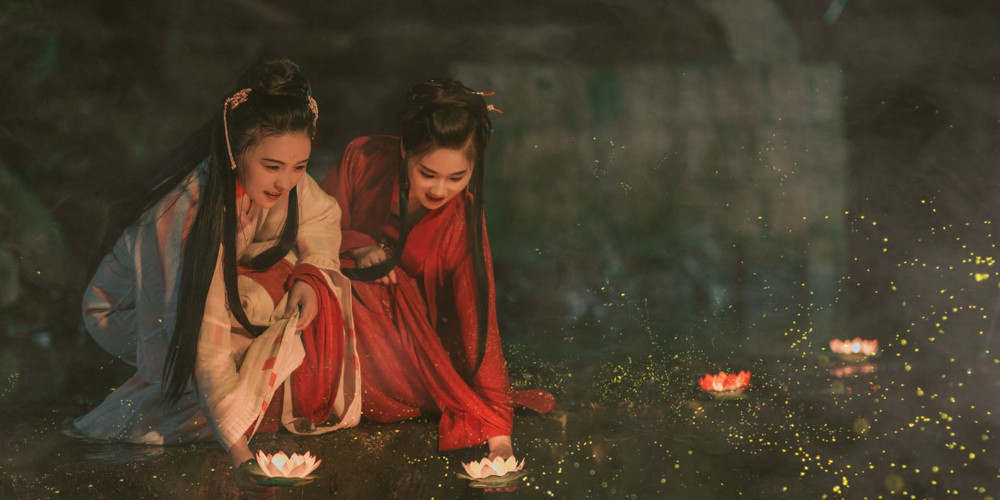
Traditional dressing in each country is one of the main attributes that reflect its history and culture. Although in many countries people do not wear traditional clothing daily, it is still possible to see them on special occasions. However, in some countries, it is compulsory to wear traditional clothing for both men and women. Some of these traditional clothes have their peculiarity by being odd, unique, and colourful. In some clothes, we can see men wearing skirts, women adorning themselves with many accessories, and many more details. Let's take a look at some traditional but bizarre clothing styles.
1. Kilt - Scotland

We want to start with a traditional dress that familiar to everyone. As you know, Scotland is a country where men also wear skirts (kilt). Young men and women living in the Scottish mountains wore these skirts with pleats at the back, mostly on knee-length. For the first time, it was worn in large sizes in the 16th century, and later the modern and smaller form began to be worn in the 18th century. Although banned for some time by King George II in 1746, 35 years later, the rule was abolished, and it was worn again. In the 19th century, it was already fully aligned with the culture of Scotland. Locals wear these traditional clothes - skirts made of wool often at special events and sporting events.
2. Trach - Germany and Austria

What is the traditional dress of Germany? These are men's pants (called "lederhosen") and a full skirt and tight belt (called "dirndls") for women. It is a dress most commonly worn in southern Germany (Bavaria) and Austria. The style of traditional clothing varies depending on the place and the period. A bobble hat and tight leather trousers are an example of this difference. These traditional but bizarre clothing - tight leather trousers, most commonly worn at the Pride Festival, add to the modernity of Bavarian clothing. Wearing this traditional dress at the Oktoberfest, a famous German beer festival, has become a tradition for both men and women. Even the closure of the apron on the skirt worn by women reveals whether they are married or single.
3. Bamileke Elephant Mask - Cameroon

After talking about a few European clothes, I would like to focus on Africa now. Africa is generally full of extraordinary clothing traditions. Many accessories, masks, colourful costumes are among the peculiarities of the style, reminiscent of the tribes of the past. Indeed, one can speak about each of them for a long time. However, the Bamileke Elephant Masks, which at first glance seemed awe-inspiring and admiring with its subtlety, attracted my attention. These masks, belonging to Cameroon, were given to the fighters who individually served the King of Bamileke and were granted the right to enter the Elephant Mask Society. They put on these masks made from thousands of colourful and varied beads while dancing at the royal funeral and the gatherings held twice a year. There is also a reason to emphasize the king here. The masks represented the king's wealth, power, and privilege. The elephant's name in the mid-20th-century dress is because an elephant is described as a symbol of power in the Kingdom of Cameroon.
4. Joseon-oth or Hanbok - North and South Korea

Another cultural dress in our bizarre clothing list is Joseon-oth or Hanbok. Vibrant colours are used in these traditional Korean dresses. It has simple lines, and having no pockets makes it easy and comfortable to move. The Mongols inspired the design of this dress. It is considered a formal or semi-formal dress worn during festivals and holidays. The word "Hanbok" literally means "Korean dress," but it is also called Joseon in North Korea as it dates to the Joseon era.
5. Carnival Dresses - Rio de Janeiro

After talking about the Northern Hemisphere, we must finish the bizarre clothing list by touching the Southern Hemisphere. South America, known for its colourful festivals and clothing styles, should be on this list. Everyone knows the Brazilian carnivals and glamorous clothing worn here. Even today, lots of people asking what to wear to Carnival in Rio? It was first presented in the late 19th century when worn during festivities. As it is worn mostly in dance carnivals, the dressmakers started to make more lightweight clothing using less material. These clothes should have feathers in hair accessories and wings. Although peacock motifs were mostly preferred in these clothes, which are colourful and elegant, feathers and wings are used in all colours. Along with hair accessories, tops and bottoms, shoes, various hand accessories and decoration of face with stones are also completing the style. Just looking at the carnivals in Rio de Janeiro, you will be able to see the diversity, grandeur, and charm of these costumes.

Get your visa with one click
Ready to get visa assistance without waste time?



